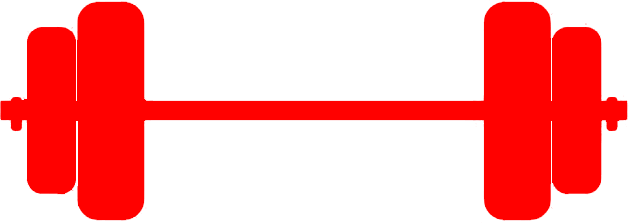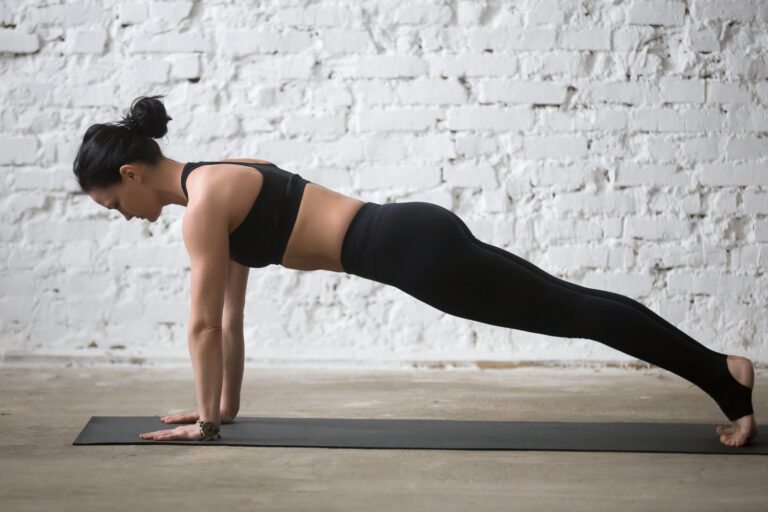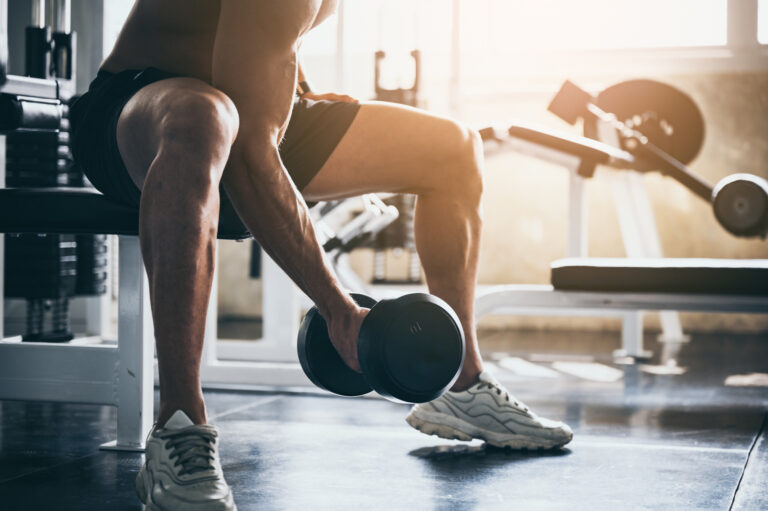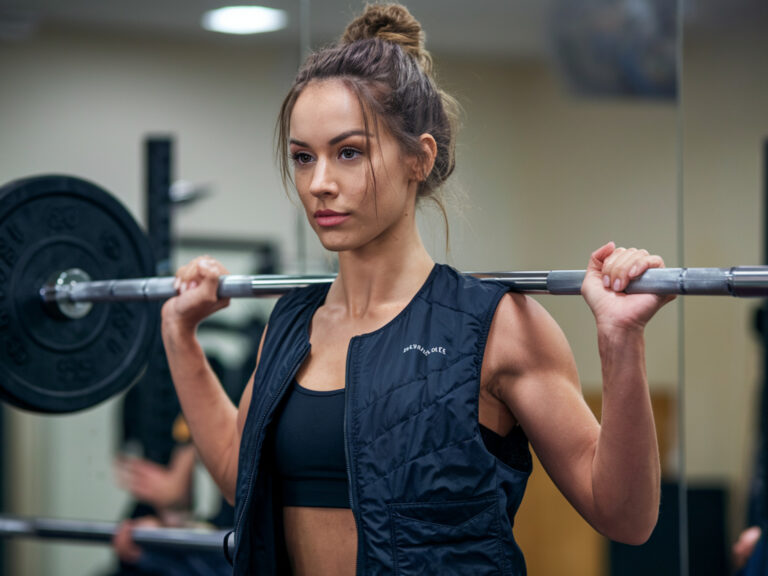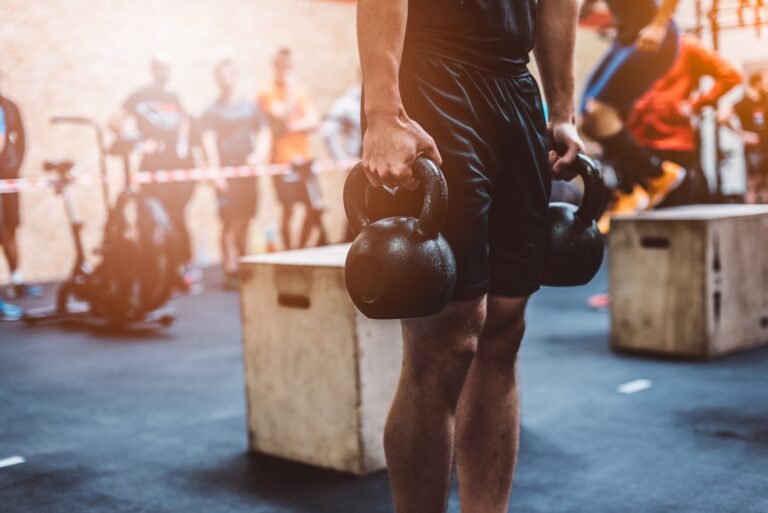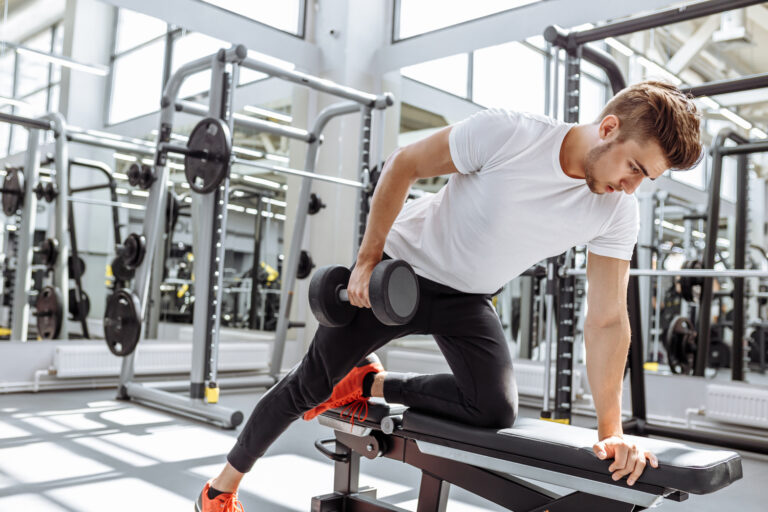What Do Dips Work?
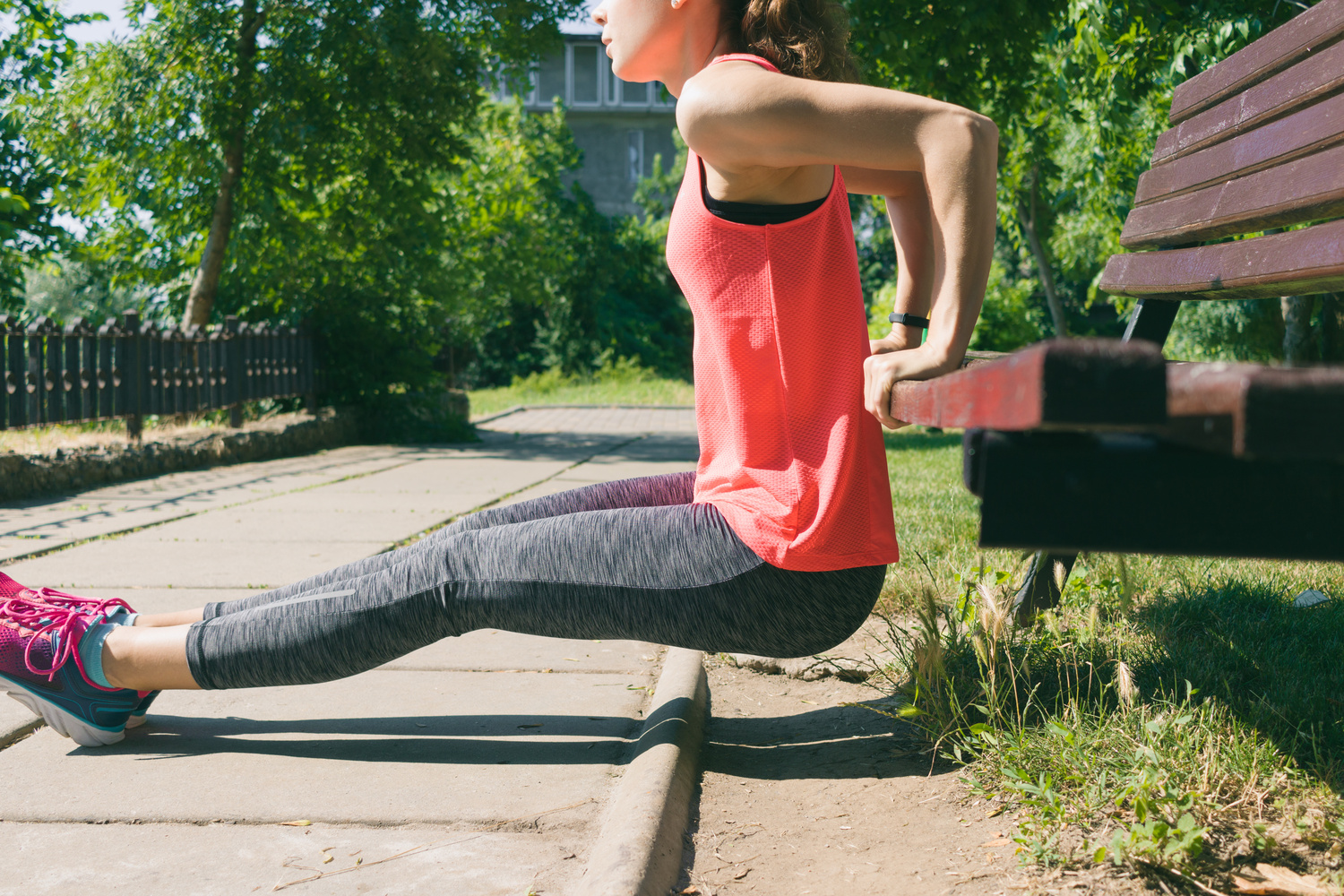
With all of the dumbbells, barbells, cable machines, and resistance bands available in most gyms, it’s easy to understand why bodyweight training often gets short shrift. But smart trainers—and many of the world’s top athletes (especially gymnasts)—know that such exercises are among the most effective ones you can do for building muscle and strength. This includes the dip exercise, an effective move for the upper body when done correctly.
As long as you have access to a dip station (a pair of parallel bars roughly shoulder-width apart), you have everything you need to perform this compound, upper-body move. Some people also use a bench, but that can put excessive stress on your shoulders.
Want to get in the best shape of your life? Sign up for ATU Mobile and start working out at home with Steve Zim.
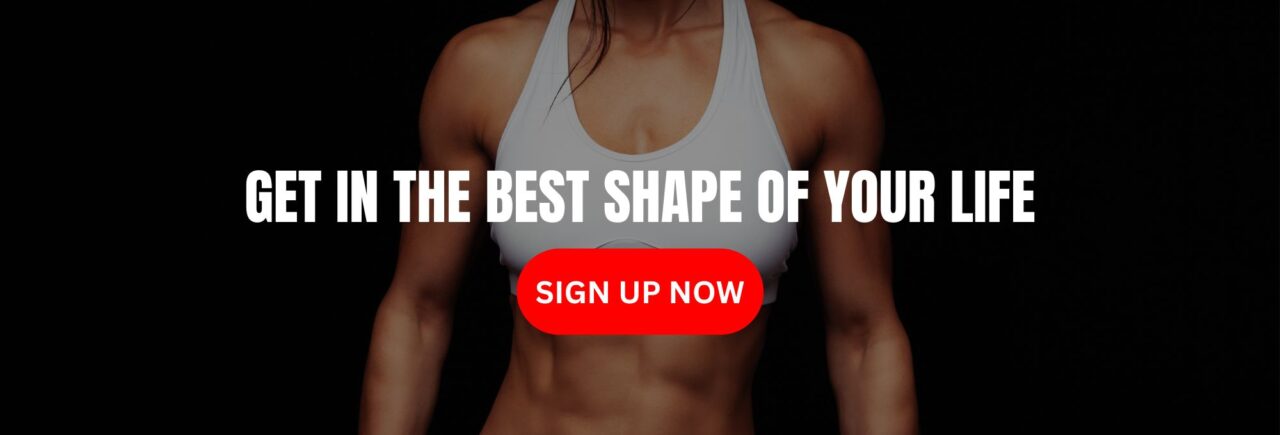
What Muscles Does the Dip Exercise Target?
1. Triceps Brachii
The classic dip is technically a triceps exercise, hitting all three heads of this powerful muscle on each arm. Your triceps are critical for the pushing motion and elbow extension that characterize the exercise—especially if you maintain a more upright posture while performing it.
2. Pectoralis Major
As you can tell when you push or press against, well, anything, your triceps aren’t the only muscles that spring into action. Your chest also plays a key role in such movements, especially your pectoralis major, which is the larger and more prominent of the pectoralis muscles. (Your pectoralis minor also engages, but to a lesser degree.) The more you tilt your body forward while performing the dip, the greater the emphasis will be on your pecs.
In addition to these two primary muscles, you’ll also work a host of secondary ones. They include your front deltoids (delts), core, serratus anterior (located along your ribcage), trapezius (traps), latissimus dorsi (lats), and rhomboids (located in your upper back). Indeed, with such a long list of targeted muscles, it’s easy to see why the dip is one of the most effective and comprehensive upper body moves you can do.
What Are the Benefits of the Dip Exercise?
Sculpted triceps and powerful pecs aren’t the only reasons to add the dip to your exercise routine. Here are a few more.
- Improved shoulder stability.
- More pushing strength in daily activities.
- Greater upper body coordination.
- Increased bone density.
- Enhanced joint health and range of motion (when performed properly).
How To Perform the Dip Exercise
- Grab the bars on a dip station and push yourself up so that your arms are straight and your ankles are crossed behind you.
- Keeping core braced and elbows at your sides (not flared), lower yourself until your upper arms are parallel to the floor and your arms form 90-degree angles.
- Pause, and then reverse the movement to return to the starting position.
Common Mistakes to Avoid When Doing the Dip
- Flaring Your Elbows: Keep your elbows close to your body to avoid excessive shoulder strain.
- Incomplete Range of Motion: Ensure a full range of motion for maximum muscle engagement.
- Poor Shoulder Positioning: Avoid shrugging your shoulders during the exercise for the same reason as above.
- Neglecting Core Engagement: Bracing/contracting your core during almost any exercise allows for greater stability and energy transfer throughout the body.

